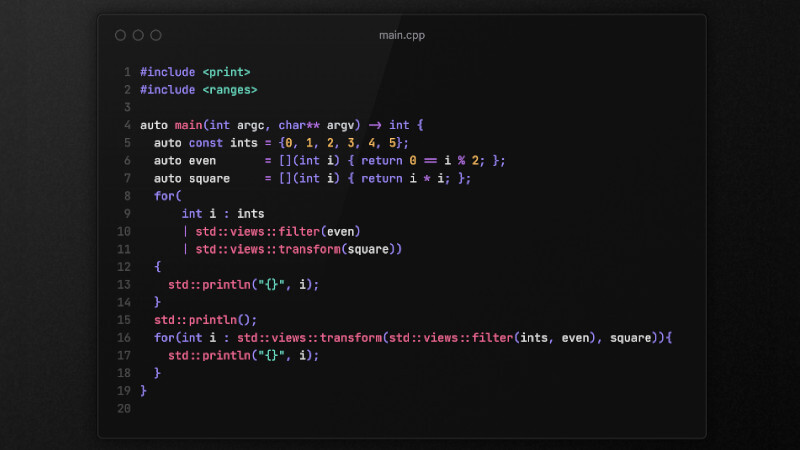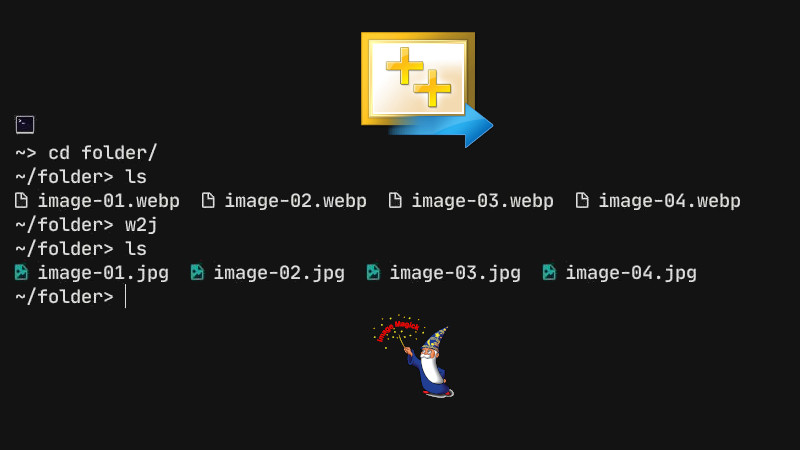

Deque std::deque
Deque (usually pronounced as “deck”) is an irregular acronym: Double ended queue, in Portuguese means: Double queue, and that’s exactly what it does.
Double-ended queues are dynamically sized string containers that can be expanded or collapsed at both ends (front or back), unlike Vector which has a single row, in std::deque you can insert data either at the end, with push_back() equal in the vectors, or at the beginning: front_back() member function non-existent in vectors.
Example of using std::deque
Suppose you have a class that stores different types of data and you want to include the elements in the order they are presented to you, and first in must be first out, with which you can use push_back and then push_front:
#include <iostream>
#include <deque>
class Content {
public:
int xyz;
std::string something;
double price;
Content(int x, const std::string &s, double p)
: xyz(x), something(s), price(p) {
}
};
int main( int argc , char **argv ){
Content c1(42, "Terminal Root", 9.36);
Content c2(24, "Marcos Oliveira", 8.04);
std::deque<Content> con;
con.push_back(c1);
con.push_front(c2);
for( auto i : con) {
std::cout << i.xyz << ' ';
std::cout << i.something << ' ';
std::cout << i.price << '\n';
}
return 0;
}Output:
24 Marcos Oliveira 8.04
42 Terminal Root 9.36
If we replaced the deque with the vector we would need to reverse the order so that the result could be as expected, as we would only have the push_back:
Same code, but using
std::vector.
#include <iostream>
#include <vector>
class Content {
public:
int xyz;
std::string something;
double price;
Content(int x, const std::string &s, double p)
: xyz(x), something(s), price(p) {
}
};
int main( int argc , char **argv ){
Content c1(42, "Terminal Root", 9.36);
Content c2(24, "Marcos Oliveira", 8.04);
std::vector<Content> con;
con.push_back(c2); // We reverse the order, first we add the second so we can get the same result
con.push_back(c1);
for( auto i : con) {
std::cout << i.xyz << ' ';
std::cout << i.something << ' ';
std::cout << i.price << '\n';
}
return 0;
}Differences between Deque and Vector
- Vector provides insertion and deletion only in the middle and at the end. Whereas, deque provides operations for front, middle and end insertion. That is, in addition to the
push_back()andpop_back()APIs as well as vector, the deque also has thepush_front()andpop_front()APIs to add and delete elements from the front. - Vector provides good performance for insert and delete only at the end and poor performance for insert and delete in between.
- Deque provides the same kind of performance as in Vector for insertion and deletion at the end and in the middle. Also, the deck offers good performance for front insertion and deletion as well.
- A Deck storage is automatically expanded and contracted as needed. Expanding a Deque is cheaper than expanding a Vector because it doesn’t involve copying existing elements to a new memory location.
Which one should you choose ?
- You must choose
std::dequewhen you want to add or delete from both ends. - You should choose
std::vectorif insertion or deletions are needed mainly at the end.
Where deque has its biggest advantages:
- When increasing or decreasing collection from either end
- When you are dealing with very large collection sizes.
Where deque has its biggest drawbacks:
- Some operations may cost more than
std::vector, depending on what type of data request your program makes more often. - Export the data to Linguagem C using extern has incompatibility.
Want to learn C++? Then, go to: https://terminalroot.com/tags#cpp .




